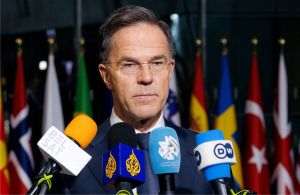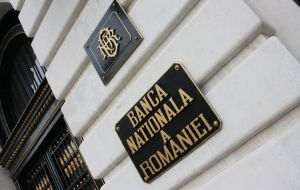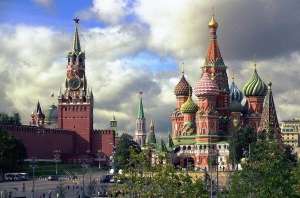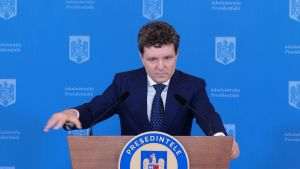• Interest rates
The evolution of the cost of borrowing for all types of loans followed mainly a downward trend, according to Ruxandra Andrei, Manager at Finzoom Financial Services. \"During the first semester, the cost of lending was cut several times, after rising spectacularly from the beginning of the crisis until the end of 2008, and the downward trend continued until now\", he said. Its evolution was influenced by the deterioration of the income of the population and the shrinking of the main financial and banking indicators, Euribor and Robor, with the latter being influenced by the monetary policy. On the interbank market, the interest rate was not adjusted as drastically as it was in other countries in the region, according to Vlad Muscalu, an economist at ING Bank.
• Lending
Ever since the beginning of the crisis, the number of defaults on loans have increased at a steady pace. The operations of many companies have contracted, others disappeared, unemployment is rising and people who kept their jobs saw their salaries cut.
Banks themselves restricted lending, on one hand due to the impact of the crisis, and on the other hand to make sure that future borrowers could afford their monthly payments. What\"s more, the loan eligibility conditions have become increasingly harder to meet.
In November 2009, loans to individuals and non-financial companies amounted to 197.65 billion lei, down 2.2% from the beginning of 2009 and up 31.3% over January 2008, according to data from the Central Credit Register (ed. note - exposure to a single debtor, equal or greater than 20,000 lei).
• Exchange rate
The Romanian currency had begun depreciating at the end of 2009, amid the financial and economic crisis, from 3.9852 lei/Euro, at the end of 2008, up to 4.28 lei for one Euro in February, staying in the 4.2-4.3 lei/ Euro range throughout the year.
Even though the leu had depreciated to record values throughout the current year, its volatility was at its lowest levels in years throughout 2009. Melania Hăncilă, head of the research department of Volksbank, said: \\\"The evolution of the national currency in 2009 was marked by the interventions of the Central Bank intended to reduce excessive volatility in the market and to prevent its excessive depreciation, as well as by a gradual depreciation amid deteriorating fundamentals of the economy.\\\"
• Forecasts
- Interest rates
Analysts expect interest rates will continue to drop, for deposits as well as loans, in particular in the case of mortgage backed loans, especially after the downward trend began manifesting itself last year, starting with the second trimester.
According to Ruxandra Andrei, manager with Finzoom Financial Services, the interest rate for consumer loans without guarantees will fluctuate throughout the year. \"This outlook is based on the current state of the market, namely low demand for loans (we are considering the decreasing population income, as well as the eligibility terms imposed by banks)\", said Mrs. Andrei.
- Lending
The loan eligibility terms for lending institutions will remain tight this year, analysts consider.
\"Banks will continue to remain cautious on lending to the private sector in 2010, due to high risks of unemployment and bankruptcy of private companies\", ING Bank economist Vlad Muscalu said.
- Exchange rate
Analysts have diverging forecasts for the exchange rate at the end of 2010, but in the first trading session of the new year, derivatives speculators on the Sibiu exchange were betting on an exchange rate of 4.43 lei/Euro in December 2010.
Mrs. Hăncilă estimates that the average exchange rate for the leu will be 4.2 lei/Euro this year: \"We expect to see a slight improvement of macroeconomic indicators, but the correction of the imbalances will be difficult and will continue to put pressure on consumption and therefore on economic growth\".
Vlad Muscalu, economist with ING Bank said that interventions of the Central Bank could continue to play a major part in the dynamics of the exchange rate. The economist of ING Bank said he expects an exchange rate of 4.4 lei /Euro this year.



























































